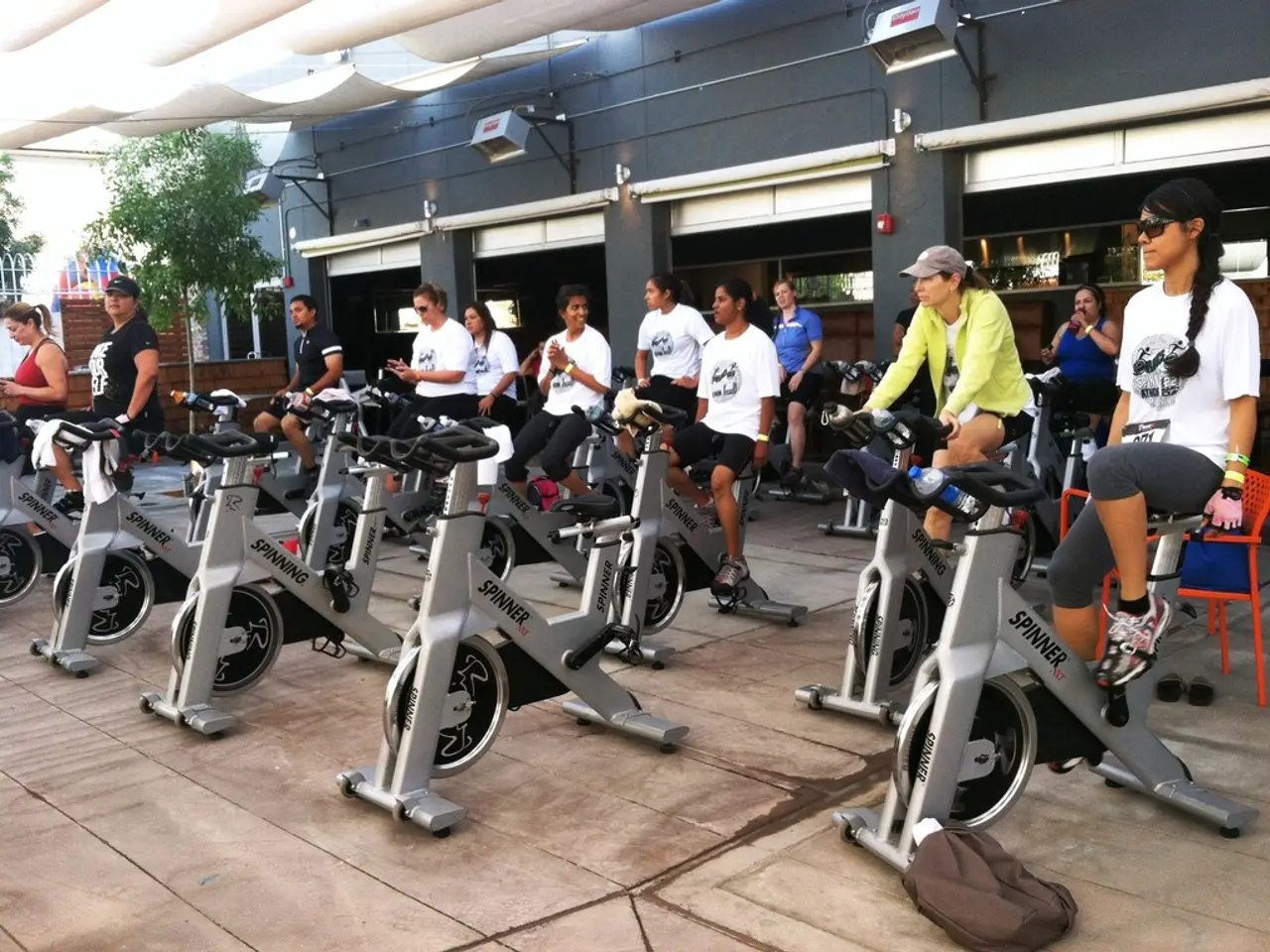Women's representation in Koblenz municipalities ranks second highest
In a recent study by Zeppelin University Friedrichshafen, the proportion of women in leadership positions in municipal companies across 69 German cities was analysed [1]. The findings reveal a concerning trend in Rhineland-Palatinate, where major cities such as Koblenz, Trier, Ludwigshafen, Mainz, and Kaiserslautern show limited gender diversity in leadership roles.
Hannover leads the ranking with an impressive 56.3 percent of leadership positions in municipal companies held by women. However, Rhineland-Palatinate's major cities trail behind significantly, with Ludwigshafen taking the lead among them at 24 percent, followed closely by Mainz with 21.6 percent [1].
Koblenz and Trier, on the other hand, perform worse than the national average, with Koblenz ranking second to last among the five major cities, boasting only 7.1 percent of leadership positions held by women [1]. In Koblenz, one woman holds a leadership position for every 14 positions in municipal companies [1].
Rhineland-Palatinate, along with Saarland, Saxony, Saxony-Anhalt, and Thuringia, shows a dismal overall percentage of gender-diverse employees, with approximately 1 percent across all municipal companies and 3 percent among permanent employees [1]. This indicates that leadership and higher-responsibility roles, often held by permanent employees, have limited gender diversity in this region.
Despite Ludwigshafen's leading position in Rhineland-Palatinate, the proportion of women in city companies remains below the values of Dax-40 companies, according to study director Ulf Papenfuß [1]. The average proportion of women in leadership positions across all cities in the study is 23 percent [1]. However, this figure still falls significantly short of the political goal of parity.
The study includes a total of 1,456 municipal companies [1]. As the data does not break down gender diversity statistics city-by-city within Rhineland-Palatinate, the overall low percentage implies that major cities in the state likely reflect similar trends of underrepresentation in leadership roles. This aligns with broader patterns in certain German regions where gender diversity in leadership remains minimal.
No additional detailed city-level statistics or qualitative data on women’s representation specifically in leadership positions within Rhineland-Palatinate were found in the current search results. Therefore, the key takeaway is that gender diversity in leadership in this German state remains quite limited, with a very small share of gender-diverse (non-male) employees in permanent and possibly leadership positions [1].
[1] Zeppelin University Friedrichshafen, Gender Diversity in Leadership Positions in German Cities (2021)
- The study reveals that regardless of the positive progress in Hannover, the proportion of women in leadership positions in health-and-wellness businesses, science, finance, and women's health industries remains limited in major cities like Koblenz and Trier in Rhineland-Palatinate.
- The findings show that even in the city of Ludwigshafen, known for its major industries such as science, finance, and business, the percentage of women in leadership roles is still below the levels observed in Dax-40 companies.
- In light of the comprehensive study on gender diversity in leadership positions across various sectors, including science, health-and-wellness, women's health, finance, and business, it becomes clear that Rhineland-Palatinate, as a whole, is lagging behind other regions in promoting gender equality and diversity in these industries.




